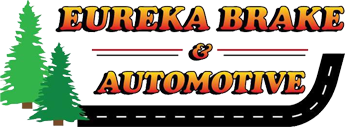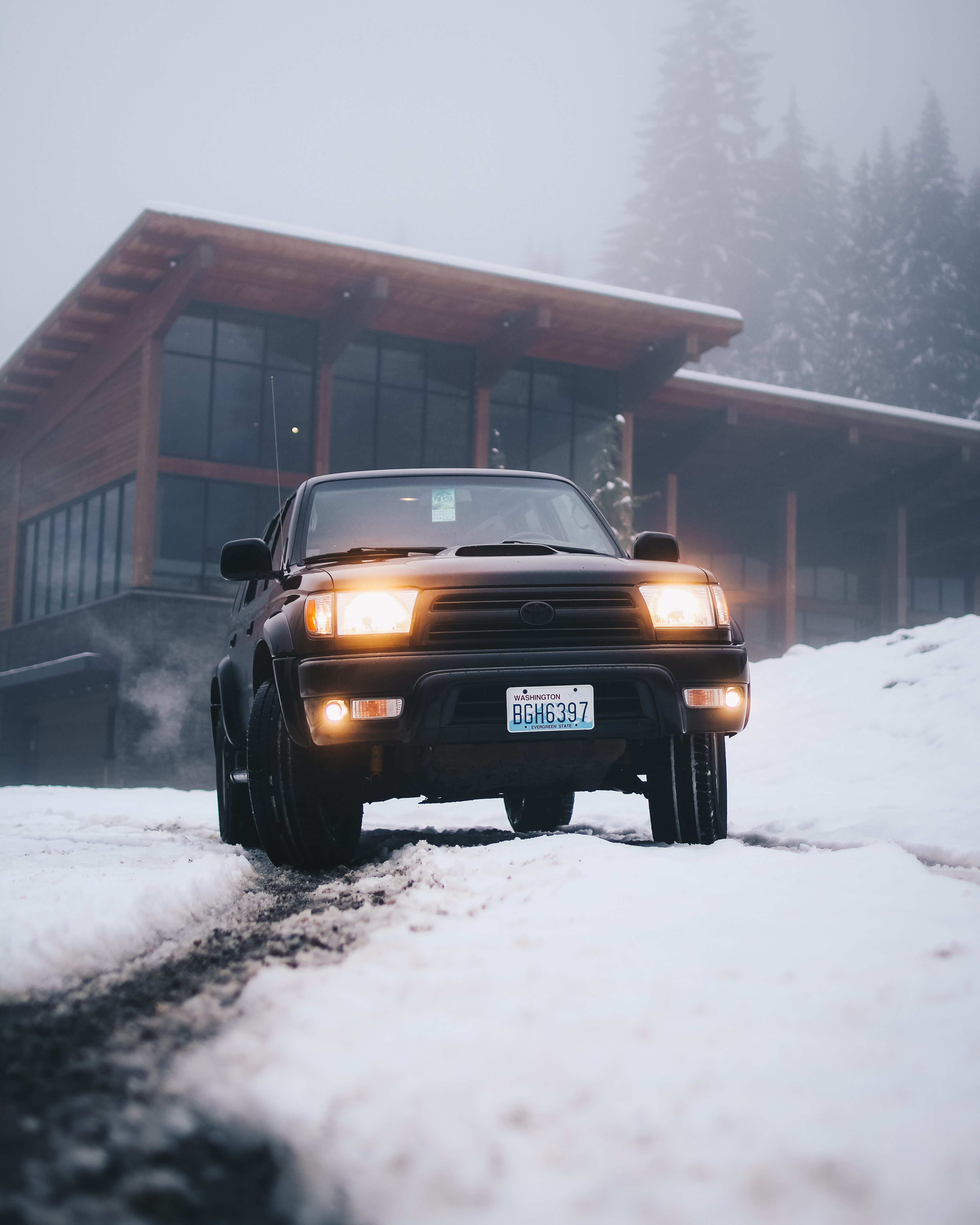How do you pick the right tires for your family’s winter needs? Did you know that all-season tires and winter tires are two different things? Let’s explore some of the differences and why during the winter you’re probably going to want winter tires.
Winter tires are made for a wide range of conditions. Regular tires become rigid and inflexible when the weathers below 45 degrees. That means they don’t provide the road grip you need. So even if you don’t live in a place where it snows you and your family will be safer with winter tires on your vehicle.
Winter tires are also designed to be more effective in snow and water. In Humboldt County where roads frequently flood and we have constant rain through out the winter it’s better to be safe and prepared. Winter tires allow for more traction on ice, packed snow, and wet roads. They use a micro-pore compound that allows the tire to penetrate into the ice and snow. Wider grooves that run along the circumference of the tread expel snow from the tire. Lugs and grooves on winter tires have a special shape that throws the packed snow out of the tread as the tire turns, preventing clogging in the treads and making sure you still have traction on the road.
Winter tires also have sipes. Sipes are thin slits in the tread, sipes divert water and slush out of the tread. Ensuring that your tire has proper traction. The treads on regular summer tires can get packed with snow and become very slick, making it harder for you to control your vehicle safely. Winter tires provide 25%-50% more traction than all-season tires. When it comes to stopping power, all-season tires take 42% longer to stop than winter tires. When its you and your family’s safety 42% is a big difference.
Winter tires offer much more traction than all-season or summer tires, if you only put winter tires on the drive wheels it will improve the traction of the drive wheels but when taking and icy corner or sharp turn in the rain the rear end can start to slide out. Basically, the rear tires are trying to pass the front because they’re going so much faster, which is what causes your vehicle to spin out.
Many cars today have traction control and anti-lock brakes so you may assume that you don’t need winter tires. But you still need traction to accelerate, steer and stop. Winter tires provide the traction so that your vehicles traction control and anti-lock systems have something to work with.
Look for tires with a mountain and a snowflake symbol. This means the tire is rated for severe snow and weather.
When the temperatures drop, be sure you’re ready for the roads with four winter tires, for maximum performance in snow, packed snow, ice, wet and dry roads.
Stop by our office or give one of our friendly service advisors a call for more information about what options we have for your vehicle.
Safe driving from us here at Eureka Brake & Automotive!
(707) 443-2122
2002 2nd Street
Eureka, CA 95501
Revised from content contributed by NAPA Service Assistant

